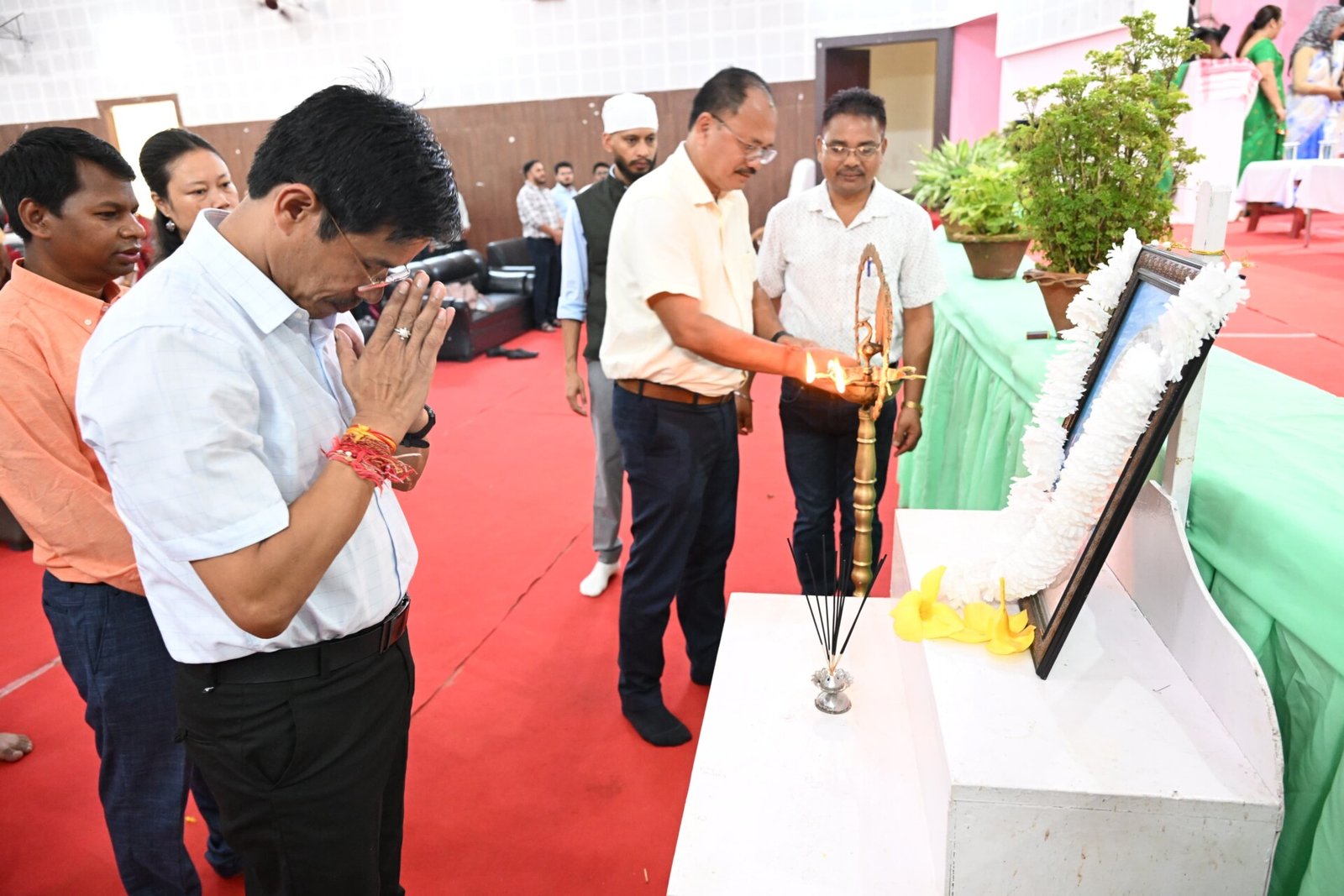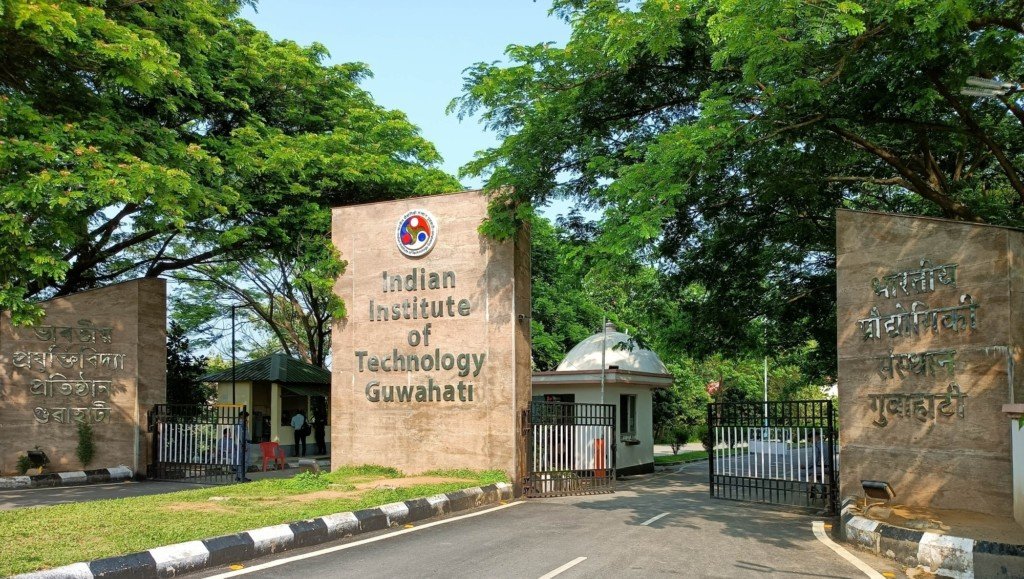HT Bureau
GUWAHATI, Feb 13: Indian Institute of Technology Guwahati researchers have developed a water-repellent, conductive textile that converts electricity and sunlight into heat which is designed to keep wearers warm in cold environments.
The findings of this research have been published in the journal, Nano-Micro-Small, in a paper co-authored by Prof. Uttam Manna, Department of Chemistry, IIT Guwahati, along with his research team, Debasmita Sarkar, Haydar Ali, Rajan Singh, Anirban Phukan, Chittaranjan Mishra, and Prof Roy P Paily from Department of Electronics and Electrical Engineering, IIT Guwahati.
As per Manna, extreme cold temperatures can lead to health problems that can even be fatal.
“‘Studies indicate that deaths due to extreme cold outnumber those caused by extreme heat. Traditional solutions protect oneself from extreme cold, such as heaters or layered clothing are often bulky or require a constant power source. Conductive textiles offer a lightweight, flexible alternative, but existing versions often have limitations, such as poor durability, high power consumption, and vulnerability to water exposure,”‘ Manna added.
To overcome these challenges, IIT Guwahati research team developed a novel approach by sprayed ultra-thin and clean silver nanowires onto cotton fabric to make it conductive.
“‘These nanowires are 100,000 times thinner than a human hair, allowing electricity to flow through the fabric, helping it generate heat while remaining soft and flexible. Due to its exceptional electrical conductivity and the ability to convert both electricity and sunlight into heat, silver nanowires were chosen for this experiment. The low electrical resistance of silver allows the electrothermal conversion at low applied voltage and eliminating the risk of electrocution,”‘ Manna said.
He further claimed that one limitation with silver nanowires is that it can tarnish over time, affecting performance. To address this, researchers applied a water-repellent coating to the silver nanowires that protects against oxidation, water, and stains. The coating, inspired by lotus leaves, has a microscopic rough surface texture, which causes water to roll off instead of soaking in.
“‘This keeps the textile dry, ensuring long-lasting conductivity and effective heating, even in damp conditions. The water-repellent coating also prevents damage from sweat, rain, or accidental spills, making it reliable for outdoor and everyday applications. The textile can convert electricity using a small rechargeable battery or solar energy into heat and can maintain a desired temperature between 40°C and 60°C for over 10 hours,”‘ he stated.
The researchers tested the textile in wearable knee and elbow bands, demonstrating its potential to provide sustained warmth for individuals working in cold environments and arthritis patients needing localised heat therapy. Additionally, the textile has broader applications, such as on-demand water heating and accelerating chemical reactions by wrapping it around the reaction vessels.
“‘Our textile is self-cleanable, breathable, and flexible and can easily be scaled up. Its durability and long-lasting performance make it useful in a range of applications that require controlled heating,”‘ Uttam Manna concluded.
The research team has filed an Indian patent on the innovation and is now working towards integrating the developed material with a miniaturised and appropriate electronic circuit to create viable products. Additionally, the team is seeking industry collaborations to bring the innovation to market for potential dry thermos-therapy applications in the near future.












